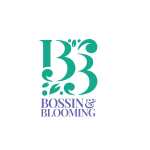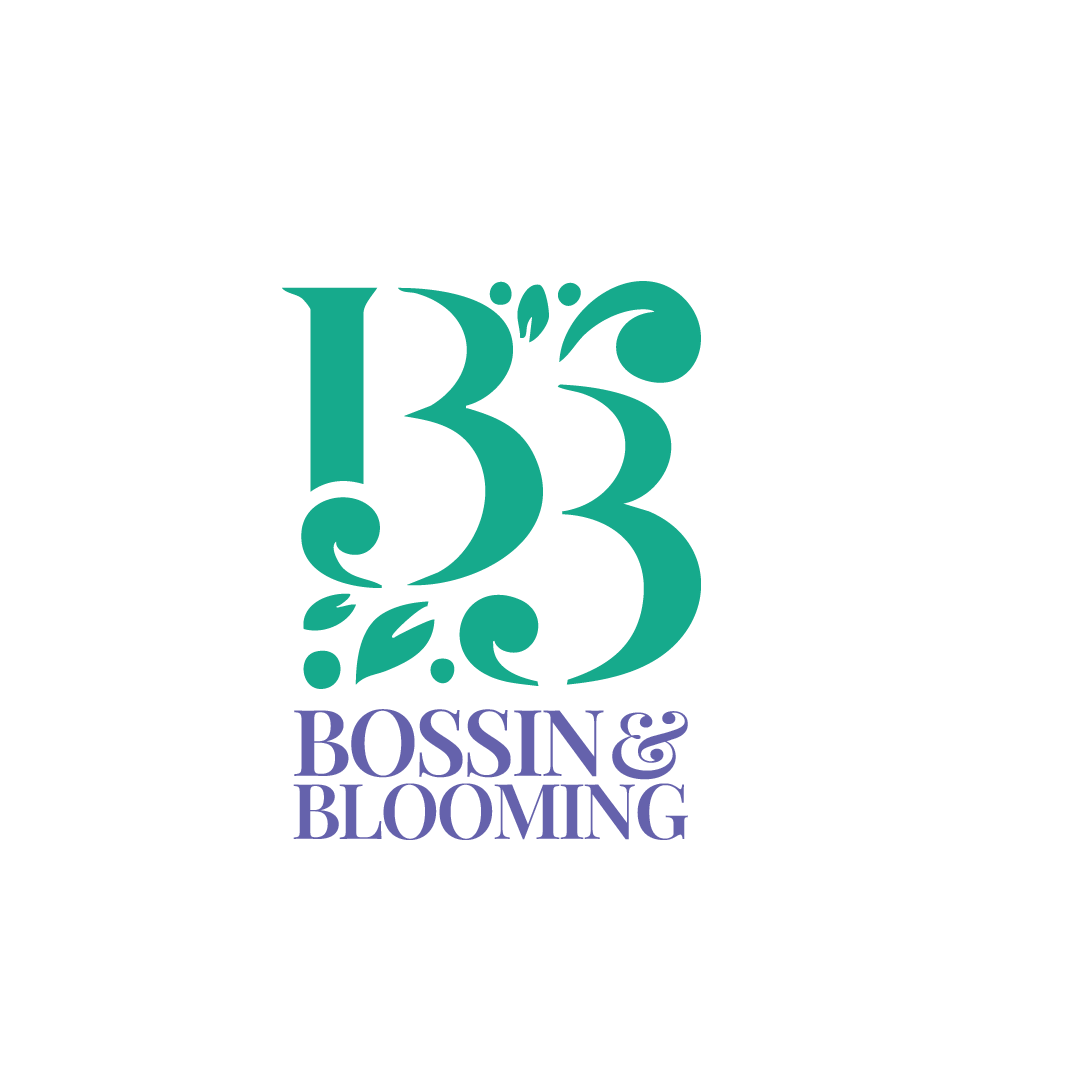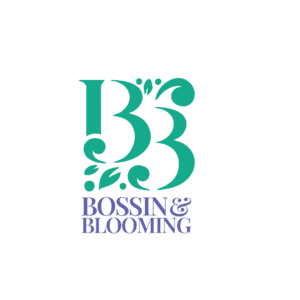Financial Confidence: 5 Boss Habits to Secure Your Future
Share
Not too long ago, the thought of my financial future felt like a giant, dark cloud. I was
making a decent income, but my money seemed to vanish every month. I had no real savings,
a vague understanding of where my money went, and a deep-seated anxiety that I was failing
at being an adult. The term financial confidence felt like a language spoken on another
planet, reserved for people who were naturally “good with money”—a category I was sure I
didn’t belong to.
I remember a specific moment of panic. My car’s “check engine” light came on, and my first
thought wasn’t about the inconvenience. It was a cold, gut-wrenching fear: How am I going to
pay for this? That feeling of powerlessness was a huge wake-up call. I realized that my lack
of a plan was costing me more than just money; it was costing me my peace of mind. I was
tired of feeling like a passenger in my own financial life. I wanted to be in the driver’s seat.
That decision sparked a journey to not just manage my money, but to understand it, respect it,
and make it work for me. I didn’t become a financial expert overnight. Instead, I cultivated a
set of simple, powerful habits—what I call “boss habits”—that completely transformed my
relationship with money. These are the practical, real-world money management tips that
helped me build genuine financial confidence and start to secure your financial future.
What is Financial Confidence (And Why It’s Not About Being Rich)
First, let’s be clear: financial confidence is not about having a six-figure salary or a massive
stock portfolio. It’s an internal state. It’s the quiet assurance that you can handle what life
throws at you, good or bad. It’s knowing you have a plan. It’s feeling empowered by your
money, not controlled by it.
Building this confidence is less about complex spreadsheets and more about consistent,
intentional actions. It’s about developing the right habits that, over time, create a foundation
of stability and security. These are the boss habits for money that move you from a place of
anxiety to a place of empowerment.
5 Boss Habits to Build Lasting Financial Security
I didn’t try to change everything at once. I started with one habit, and once it felt natural, I
added another. This gradual approach is one of the most effective financial security
strategies because it prevents overwhelm and builds momentum.
The “Know Your Numbers” Weekly Check-In
I used to have a “don’t ask, don’t tell” policy with my bank account. I was afraid to look. The
first and most crucial habit I adopted was to face the numbers, but in a structured, non-
judgmental way.
The Habit: Every Sunday evening, I schedule a 15-minute “money date” with myself. I pour
a cup of tea, put on some music, and I look. I review my bank and credit card statements for
the past week. I’m not shaming myself for what I spent; I’m simply observing. Where did my
money go? Were my choices aligned with my goals? This simple act of awareness replaced
fear with facts.
The Impact: This weekly check-in is the bedrock of financial confidence. It demystifies your
finances. You start to see patterns. You notice that you’re spending more on takeout than you
realized or that a subscription you forgot about is still charging you. Knowledge is power, and
this habit gives you the power to make conscious decisions instead of operating on autopilot.
The “Pay Yourself First” Automation
This is probably the most common piece of financial advice, but it’s popular for a reason: it
works. The old model is: Earn -> Spend -> Save What’s Left. The boss habit model is: Earn –
> Save -> Spend What’s Left.
The Habit: I set up automatic transfers from my checking account to my savings and
investment accounts. The day after I get paid, a set amount of money is automatically moved
before I even have a chance to spend it. I started small—just $50 per paycheck. As I got more
comfortable, I increased the amount.
The Impact: Automating your savings makes it effortless. It removes willpower from the
equation. You aren’t “trying to remember” to save; you are making saving the default.
Watching that savings account grow, even slowly at first, is one of the biggest confidence
boosters there is. It’s tangible proof that you are building a safety net and investing in your
future self.
The “One-Category” Budget
The word “budget” can feel restrictive and overwhelming. The idea of tracking every single
penny is exhausting. I tried and failed at complex budgeting apps multiple times. So, I
simplified.
The Habit: Instead of a full, line-item budget, I started with a “one-category” budget. I
identified the one area where my spending felt most out of control (for me, it was dining out
and coffee shops). I set a realistic spending limit for just that one category for the month. I
didn’t worry about groceries, gas, or anything else. I just focused on managing that one area.
The Impact: This approach made budgeting feel achievable. It gave me a single, focused
target. Once I felt in control of that one category, I had the confidence to tackle another. This
gradual approach to budgeting is far more sustainable than trying to overhaul your entire
spending system overnight.
The “Learn One Thing” Monthly Goal
The world of finance, especially investing, can feel incredibly intimidating. The jargon is
confusing, and the fear of making a mistake is high. I decided to approach it like learning any
new skill: one small piece at a time.
The Habit: I committed to learning one new financial concept every month. I wasn’t trying
to become Warren Buffett. One month, I learned the difference between a Roth IRA and a
Traditional IRA. The next month, I researched what an index fund was. I read blog posts,
listened to podcasts, and watched short videos.
The Impact: Compounding knowledge is just as powerful as compounding interest. Over a
year, these small learning sessions added up to a solid foundation of financial literacy. It took
investing from being a scary, abstract concept to something I understood and was excited
about. This habit replaces financial fear with financial curiosity.
The “Future Self” Visualization
Your daily financial choices are a vote for your future self. It can be hard to say “no” to an
impulse purchase today for a far-off goal like retirement. This habit helps make that future
goal feel more real and immediate.
The Habit: I take five minutes during my weekly money date to vividly imagine my future
self. What does my life look like in 10, 20, or 30 years because of the smart choices I’m
making today? I picture the freedom, the lack of stress, the ability to travel, the capacity to be
generous. I write down how that future self feels: secure, proud, and peaceful.
The Impact: This practice connects your small, daily habits to a powerful, emotional vision.
When you are tempted to overspend, you’re not just choosing between a new pair of shoes
and a number in a savings account. You are choosing between a fleeting moment of
satisfaction now and the deep, lasting peace of your future self. It makes the long-term choice
feel much more rewarding.
Your Invitation to Financial Empowerment
Building financial confidence is a journey, not a destination. It’s about progress, not
perfection. You don’t have to have it all figured out today. All you need to do is start with one
small habit. Choose one of the habits above and commit to it for one month.
This is your opportunity to sign up for something greater for yourself—a future where you
are in control, where you have options, and where money is a tool that serves your dreams,
not a source of your anxiety.
If you are ready to stop feeling stressed about money and start building a life of financial
peace and empowerment, I invite you to join our community. It’s a place to learn, grow, and
get the support you need on your journey.
Join the Bossin & Blooming Community Here and let’s start building a secure future,
together.https://bossinandblooming.com/membership-levels/




Be Social
Join Followers